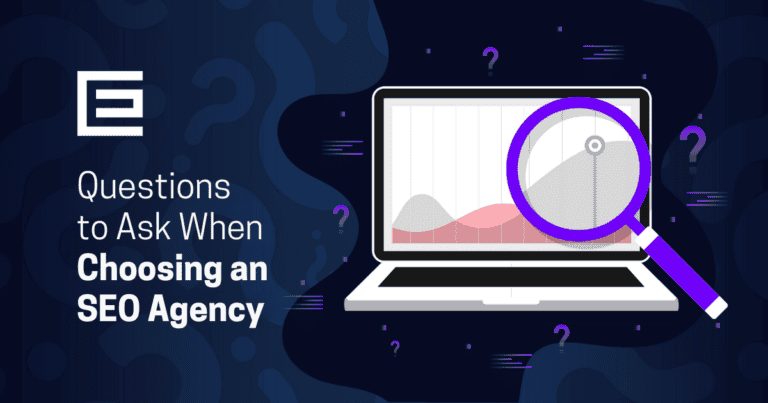A bounce rate represents the percentage of visitors to a site who leave (or “bounce” to another site), instead of continuing to other pages within the same site. Stats show that websites have approximately 1.5 seconds to make a positive impression before the visitor leaves.
Ideally, you want that number to be as low as possible as the lower your bounce rate, the longer people are staying on your web site and not going elsewhere. If potential customers are spending time, there is a better chance they will contact you or purchase your products or services.
How Can Should I Interpret the Bounce Rate Data?
For static websites, a bounce rate of under 40% or is pretty good. However, with blog or web sites where linking to other web sites is common place, anywhere from 50% to 60% should be considered normal.
Now, how can you lower your bounce rate?
- Make sure your website is loading as quickly as possible
- Provide visitors with internal links that will lead to relevant information
- Have clear navigation throughout your site to make finding information as easy as possible
- Use the same verbiage and tone as your target market
- Have good content and update it often
One more bit of advice is don’t get discourage if you don’t see instant lowering of your bounce rate. Make some alterations if needed, and then give it a few weeks and see if you can see any difference in how people are interacting with your site.
As long as you are providing good content, and you have pruned things design-wise down to the essentials, your bounce rate should get smaller. If you would like to learn more about bounce rates and turning site visitors into customers, please call TheeDigital at 919-341-8901 or fill out our inquiry form.
Tags: Questions & Answers




